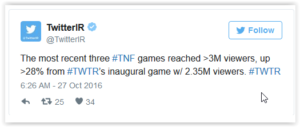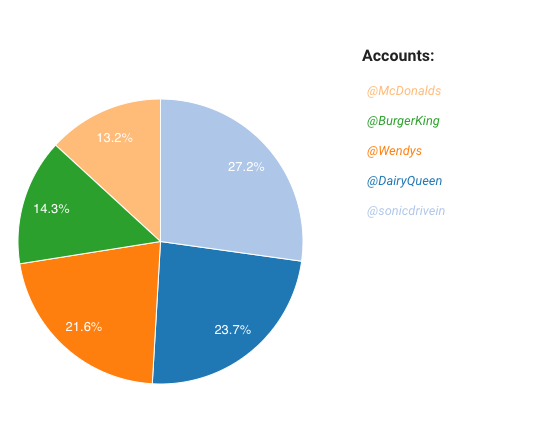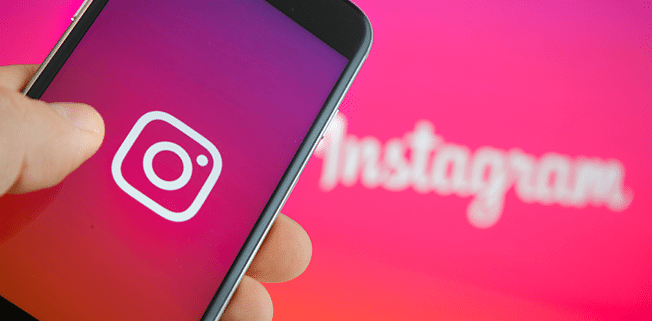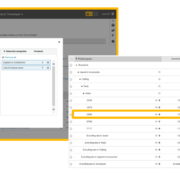9 Intriguing Digital Marketing Stats From This Week
The past few days saw the digital marketing world awaken from its post-holiday slumber and really put out some eye-opening stats.
Check out the nine that grabbed our attention this week:
1. Breaking down our social era
Sixty-nine percent of U.S. adults are now social media users, according to data from the Pew Research Center. The Social Times reported that figure while also stating that Pew found 86 percent of 18- to 29-year-olds patronize Facebook, Instagram, Snapchat, Twitter, Pinterest or other social platforms. That number slips to 80 percent for people between 30 and 49, to 64 percent for 50- to 64-year-olds and to 34 percent for folks 65 and older.
2. Young adults still enjoy bricks and mortar
So millennials love social, but what about ecommerce? IBM researched 15,000 Gen Z shoppers, a group it said represents $44 billion in buying power. Big Blue discovered that despite living a digital life, 98 percent of of that demo shop in stores.
3. Skippable is chill
Last month, LaunchLeap surveyed U.S. millennial internet users about YouTube ads and found that 59 percent skip branded clips as soon as they can. Meanwhile, 29 percent said they watch YouTube ads until completion. The Montreal-based online survey company also found that 11 percent of the Gen Y crowd were blocking YouTube spots with ad blockers.
4. Impressive story, Instagram
Instagram on Wednesday announced it is starting to let brands advertise in between its 24-hour video stories section even though the feature just launched in August. Why already? Well, why not? The scale is there—the Facebook-owned app revealed that 150 million people have been using Instagram stories daily. That represents a 50-million-user increase in just three months.
5. Snap to it
While 64 percent of marketers have a Snapchat account, only 67 percent of those accounts are active, according to an extensive report from research firm L2. The researcher tracked 427 brands in categories including fashion, autos, beverages and consumer-packaged goods across eight social platforms and detailed their social activity from January 2016 through October 2016.

6. Gaining FANs
The Facebook Audience Network, or FAN, now has more than 1 billion people viewing its cross-web advertising every month, with 83 percent of the ads being native, Facebook said today. Many publishers—including newest additions Wenner Media, The Washington Post and Daily Mirror—sell advertising via FAN to lift revenue.
7. Live video is red-carpet hot
Roughly 2.7 million Twitter users on Sunday evening viewed the digital platform’s red carpet livestreaming collaboration with the Hollywood Foreign Press Association and Dick Clark Productions for the 74th Golden Globe Awards. The new Fox reality TV cooking show My Kitchen Rules, which premieres Thursday, was a lead advertiser for the live video, while brands like Cigna, Whole Foods and HBO also made appearances. A Dick Clark Productions rep said such marketers saw 10 times more impressions than they were promised.
For Twitter, the number represents a healthy follow-up to the few million viewers it got during recent Thursday Night Football games in its deal with the NFL.

8. Please quit tweeting, Mr. Soon-to-Be President
According to a survey of nearly 1,000 U.S. adults released Tuesday by Quinnipiac University, 64 percent said they think President-elect Donald Trump should quit Twitter and give up his 19.4 million followers when he becomes president. That doesn’t seem likely, though.
9. Sonic marketers
Here’s a fun one: Affinio said it looked at the top five quick-serve brands in the U.S.—McDonald’s, Burger King, Wendy’s, Dairy Queen and Sonic—and dug up which ones were most popular with digital marketers. Check out the results below:

Bonus stat: The digitized town
This data point is a little older, but it’s still worth noting: Persistence Market Research last week stated that smart cities—as a marketplace—will grow from $622 billion now to $1 trillion market in 2019 before reaching $3.48 trillion by 2026.











